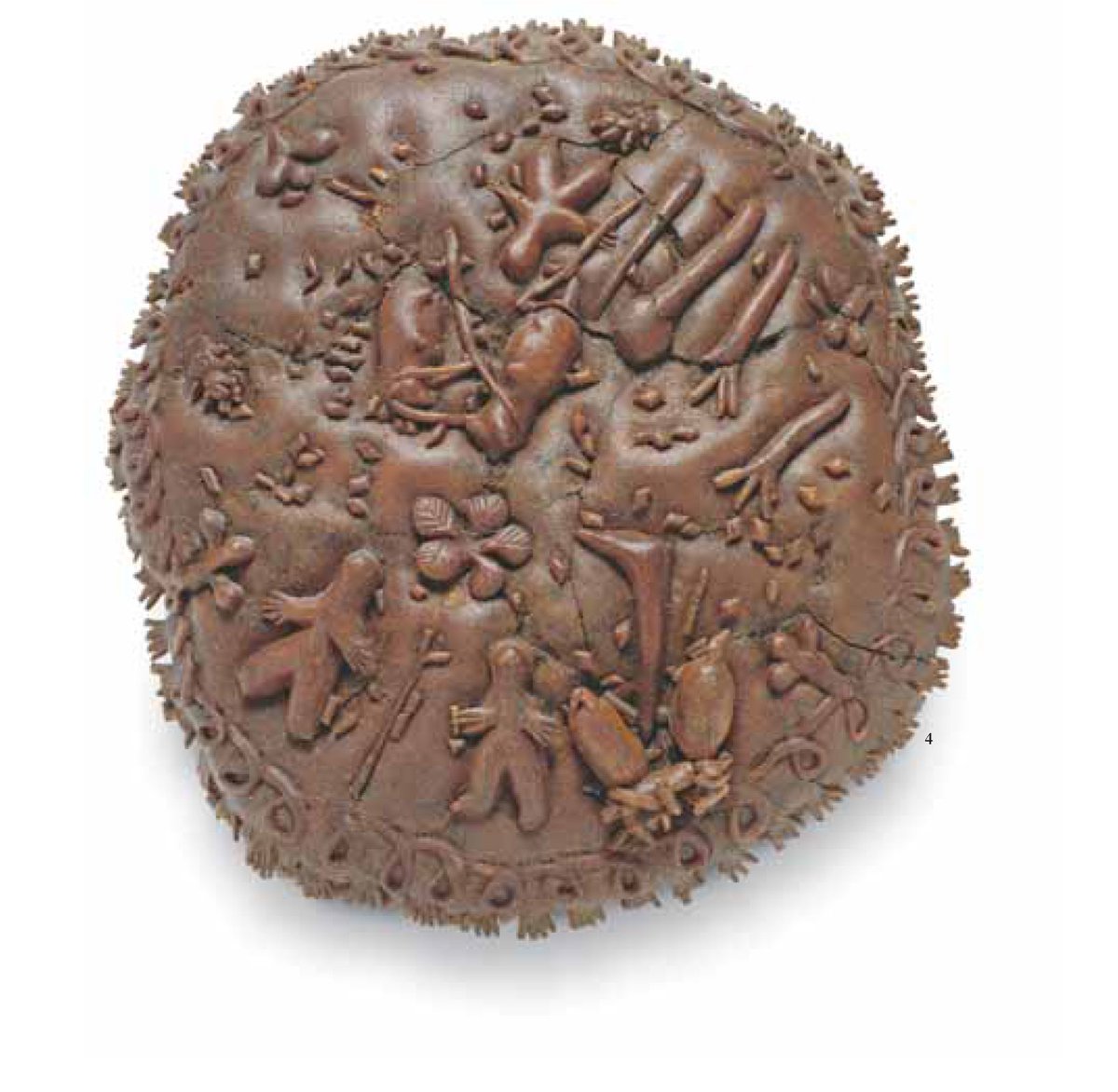
**The MINING INSTITUTE of Iglesias**
⛏️Thread about my high school, in celebration of the 150th anniversary of its foundation.
📸 The 1904's building
⛏️Thread about my high school, in celebration of the 150th anniversary of its foundation.
📸 The 1904's building

The area of the Sulcis Iglesiente has been exploited for its mineral wealth since the age of times, by locals and then by stranger industries.
In 1848, during the Savoy rule of the Kingdom of Sardinia, the actual industrial period of the Sulcis Iglesiente began.

In 1848, during the Savoy rule of the Kingdom of Sardinia, the actual industrial period of the Sulcis Iglesiente began.


It was in 1871, 10 years after the unification of Italy, that the idea of constructing a mining school was accepted. It was proposed by the Minister of Finances, Quintino Sella. With the mines now taking the relevant part of the economy of the area, there was the need to- 



-form the locals to the technological advancements of the era. The Royal Decree was signed on 10th September 1871.
The first building that hosted the school was the former Franciscan convent of the town. But at some point the place became too strict and a new school was needed.
The first building that hosted the school was the former Franciscan convent of the town. But at some point the place became too strict and a new school was needed.

With the contribution of Giorgio Asproni (to whom the school is now dedicated), the new school was began in 1904 and finished in 1911. It's a rather large (and let me tell you, labyrinthine) building in Liberty style, which still conserves the style of the turn of the century. 



It rises beside the beautiful Liberty building of the Sardinian Minerary Association and it features large classrooms, a big library, chemistry laboratories, an ancient archive and beautiful presidency rooms.
In the '30s, a gallery was excavated underneath by the students-



In the '30s, a gallery was excavated underneath by the students-




-in their practice course. This gallery runs all the way to the (now) palace of the municipality, back then hospital of the town. The gallery was used in WWII as refuge against bombings and hospital for the injured.
The building now hosts only a part of the courses and it's-

The building now hosts only a part of the courses and it's-


-mostly adapted as museum. On the ground floor, there's the Museum of Mining Art, with historical photographs, old instruments of the work and the gallery of the students. 





At the first floor, there's the Museum of Mineralogy and Paleontology, with fossils, old bones and minerals of the area, also old medieval instruments. The museum has been recently expanded of another room to create the MuMiSa, Sardinian Museum of Mineralogy. 





The class of students and professors of 1934 who started excavating the Gallery. You can see women too! 

• • •
Missing some Tweet in this thread? You can try to
force a refresh



















